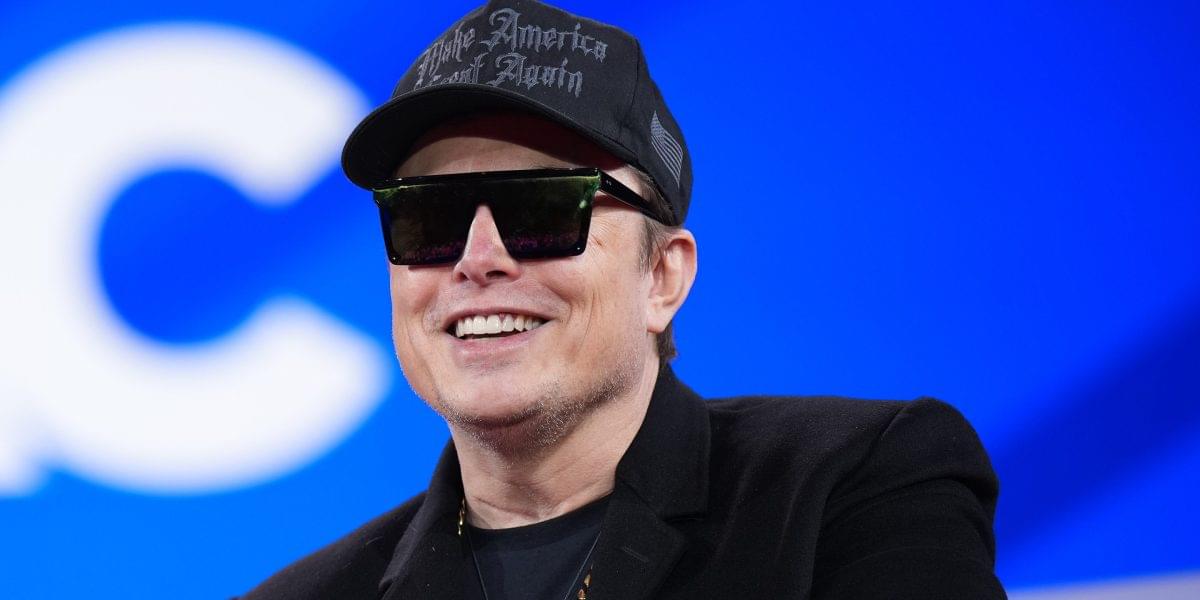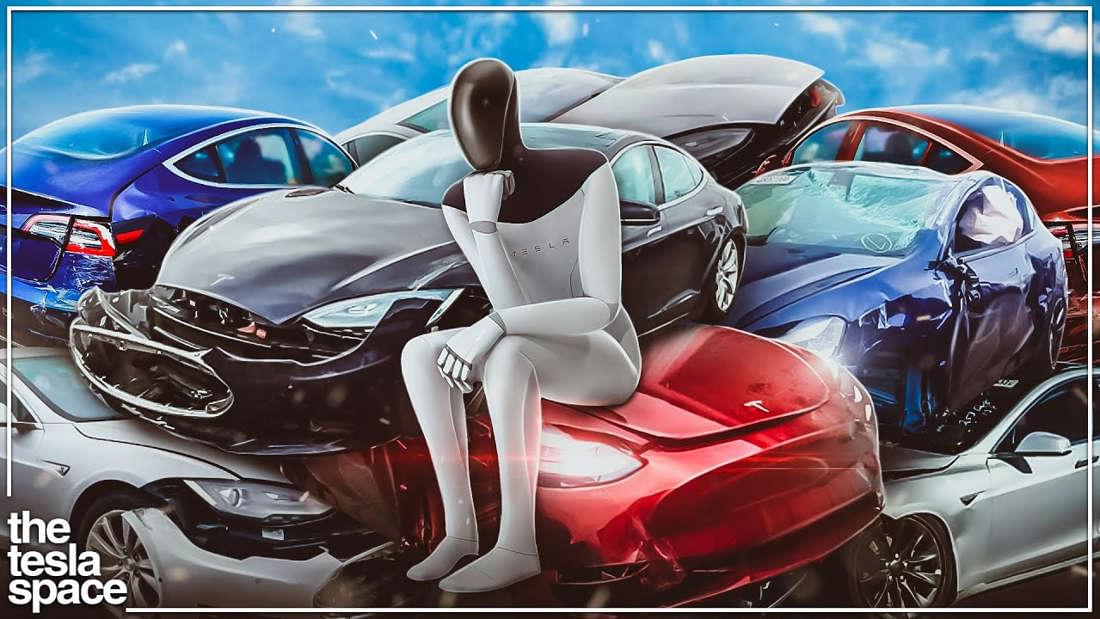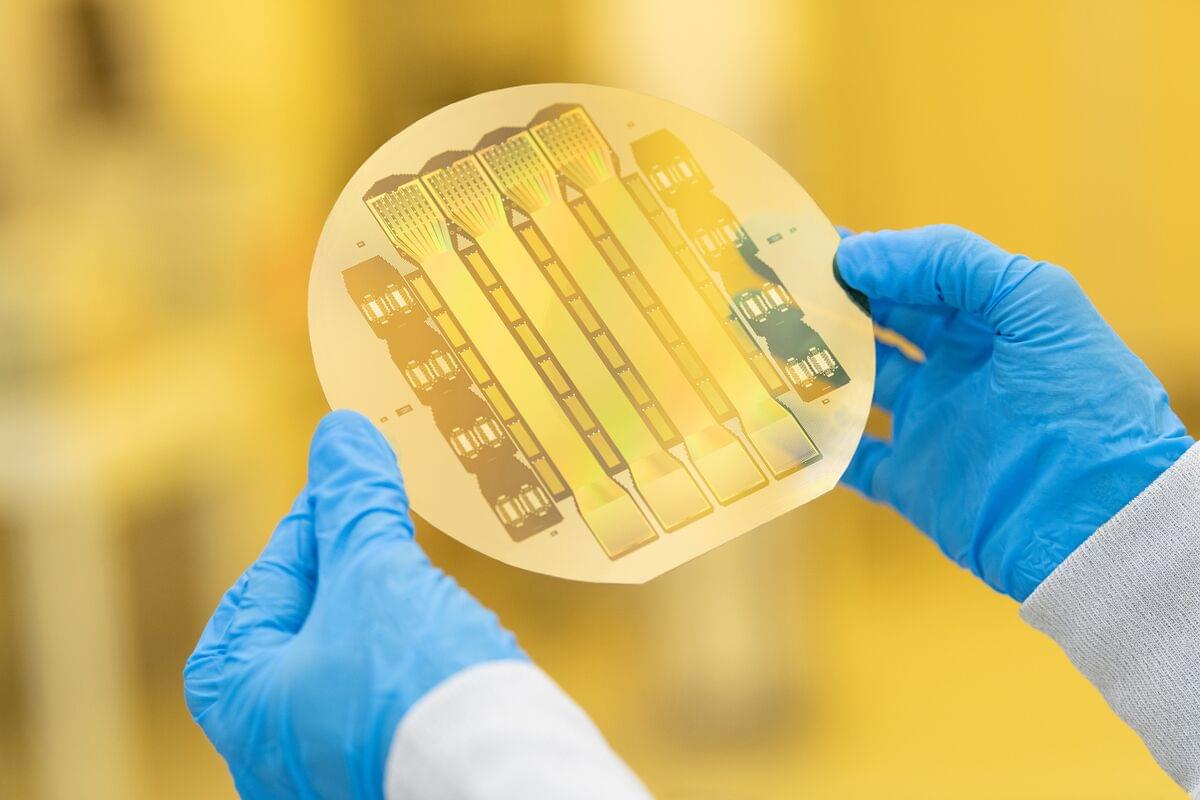The Tesla robotaxi service, as stated, would be a significant leap in capability from what is currently available.


Have you ever considered that everything you know—the planets, stars, galaxies, and even you—might actually exist inside an enormous black hole? What if the universe we call home is merely the interior of a cosmic leviathan, swallowing light from another reality we can never directly observe?
For decades, black holes have captured our imagination as cosmic monsters devouring everything in their path, where even light cannot escape their gravitational clutches. But recent discoveries are forcing scientists to consider an extraordinary possibility: that our entire universe might itself be a black hole. This isn’t science fiction—it’s a serious scientific hypothesis with growing evidence behind it.
👽 Don’t get left behind! Subscribe to the NEWSLETTER and be part of the launch crew! 🚀👇
https://docs.google.com/forms/u/2/d/1… Get Our Merch designed with ❤ / @insanecuriosity — — DISCUSSIONS & SOCIAL MEDIA Commercial Purposes: [email protected] Tik Tok:
/ insanecuriosity Reddit:
/ insanecuriosity Instagram:
/ insanecuriositythereal Twitter:
/ insanecurio Facebook:
/ insanecuriosity Linkedin:
/ insane-curiosity-46b928277 Our Website: https://insanecuriosity.com/ — Credits: Ron Miller, Mark A. Garlick / MarkGarlick.com, Elon Musk/SpaceX/ Flickr — 00:00 Intro 1:01 The new study 3:10 how could our universe fit inside a black hole? 8:25 the horizon problem 10:20 white holes 16:25 the multiverse pespective — #insanecuriosity #blackhole #universe.
🌎 Get Our Merch designed with ❤ / @insanecuriosity.
–
DISCUSSIONS & SOCIAL MEDIA
Commercial Purposes: [email protected].
Tik Tok: / insanecuriosity.
Reddit: / insanecuriosity.
Instagram: / insanecuriositythereal.
Twitter: / insanecurio.
Facebook: / insanecuriosity.
Linkedin: / insane-curiosity-46b928277
Our Website: https://insanecuriosity.com/
–
Credits: Ron Miller, Mark A. Garlick / MarkGarlick.com, Elon Musk/SpaceX/ Flickr.
–
00:00 Intro.
1:01 The new study.
3:10 how could our universe fit inside a black hole?
8:25 the horizon problem.
10:20 white holes.
16:25 the multiverse pespective.
–
#insanecuriosity #blackhole #universe


Tesla’s Full Self-Driving (FSD) technology is rapidly advancing, impressing users and analysts alike, while navigating challenges in the auto industry and broader economic factors.
Questions to inspire discussion.
Tesla’s FSD Progress.
🚗 Q: How many unsupervised miles has Tesla’s FSD driven? A: Tesla’s FSD has driven over 50,000 unsupervised miles, demonstrating significant progress in autonomous driving capabilities.
🌐 Q: What indicates Tesla’s transition to software-defined earnings? A: FSD unsupervised miles and operating domain growth are key leading indicators of Tesla’s shift towards software-defined earnings.
🤖 Q: How does Tesla’s FSD showcase AI potential in driving? A: Tesla’s FSD unsupervised capabilities, demonstrated in complex driving scenarios, serve as a proof case for artificial intelligence’s potential in autonomous driving.
Tesla is advancing its full self-driving technology in Austin, Texas, with plans for an unsupervised robo taxi service by June 2025, positioning itself for significant revenue growth and regulatory approval through enhanced safety and efficiency ## ## Questions to inspire discussion Operational Efficiency.
🏭 Q: How is Tesla using unsupervised FSD at Giga Texas? A: Tesla is using unsupervised FSD to drive new Model Y and Cybertruck units from production lines to outbound logistics lots, logging over 50,000 driverless miles between Texas and Fremont factory deployments.
💰 Q: What are the benefits of automating car movement at Giga Texas? A: Automating car movement reduces labor costs, improves throughput, creates a scalable logistics model, and boosts production margins. Regulatory Advantage.
🚗 Q: How does Tesla benefit from Texas regulations regarding autonomous vehicles? A: Texas laws don’t require permits for autonomous vehicles, providing Tesla with a regulatory advantage and a lower-risk proving ground before public rollout of robo taxis. Technological Edge.
🖥️ Q: What hardware advantages does Tesla’s FSD system have over competitors? A: Tesla’s vision-only FSD with Tesla-designed HW4 uses no LIDAR or radar, accelerating the data flywheel with unsupervised miles accumulated. Future Prospects.
🚕 Q: When and where will Tesla launch its first public unsupervised robo taxi service? A: Tesla plans to launch its first public unsupervised robo taxi service in Austin as a pilot rollout in June 2025.
Elon Musk’s Tesla is on the verge of launching a self-driving platform that could revolutionize transportation with millions of affordable robotaxis, positioning the company to outpace competitors like Uber ## ## Questions to inspire discussion ## Tesla’s Autonomous Driving Revolution.
🚗 Q: How is Tesla’s unsupervised FSD already at scale? A: Tesla’s unsupervised FSD is currently deployed in 7 million vehicles, with millions of units of hardware 4 dormant in older vehicles, available at a price point of $30,000 or less.
🏭 Q: What makes Tesla’s autonomous driving solution unique? A: Tesla’s solution is vertically integrated with end-to-end ownership of the entire system, including silicon design, software platform, and OEM, allowing them to keep costs low and push down utilization on ride-sharing networks. Impact on Ride-Sharing Industry.
💼 Q: How will Tesla’s autonomous vehicles affect Uber drivers? A: Tesla’s unsupervised self-driving cars will likely replace Uber’s 1.2 million US drivers, being 4x more useful due to no breaks and no human presence, operating at a per-mile cost below 50% of current Uber rates.
💰 Q: What economic pressure will Tesla’s solution put on Uber? A: Tesla’s autonomous driving solution will create tremendous pressure on Uber, with its cost structure acting as a magnet for high utilization, maintaining low pre-pressure costs for Tesla due to their fundamentally different design. Future Implications.
🤝 Q: What potential strategy might Uber adopt to compete with Tesla? A: Uber may need to approach Tesla to pre-buy their first 2 million Cyber Caps upfront, including production costs, as potentially the only path to compete with Tesla’s autonomous driving solution.

In a jaw-dropping announcement that has sent shockwaves through the automotive and tech industries, Elon Musk has revealed that Tesla’s next-generation vehicles will feature an innovative new capability: the ability to chat with drivers. This game-changing feature will allow Tesla cars to interact with their owners through natural language, responding to commands, engaging in conversation, and even providing real-time assistance to drivers on the road. Musk’s revelation marks another leap forward in Tesla’s mission to redefine the future of transportation and push the boundaries of what cars can do.
The announcement comes on the heels of Tesla’s ongoing efforts to integrate artificial intelligence (AI) and advanced technology into its vehicles, further blurring the lines between traditional cars and cutting-edge, self-driving machines. With this new feature, Tesla is set to revolutionize the driving experience by introducing a level of interactivity and intelligence that has never been seen in a vehicle before. 

As the next administration takes shape, countless voices are vying for influence over the future of America’s space program. I’d wager one in particular — someone apparently very close to the President-elect — might be suggesting a bold new direction: “Sir. Forget racing China to the moon,” Elon Musk may be saying. “We’re almost ready with Starship. Announce we’ll launch humans to Mars by 2029 — the Apollo anniversary. You’ll go down in history! You’ll be as big as Kennedy!”
If I had that access, it’s exactly what I’d be saying.
Think about it. SpaceX is making remarkable progress on Starship. If they can overcome FAA regulatory hurdles, they could have a revolutionary, reusable Earth-to-space system operational within a year. The next step, in-orbit refueling, could take another year or two to master. By 2028, Starship could be ready for missions to the moon, Mars, or beyond. Right behind it will be Jeff Bezos’ Blue Origin with New Glenn.